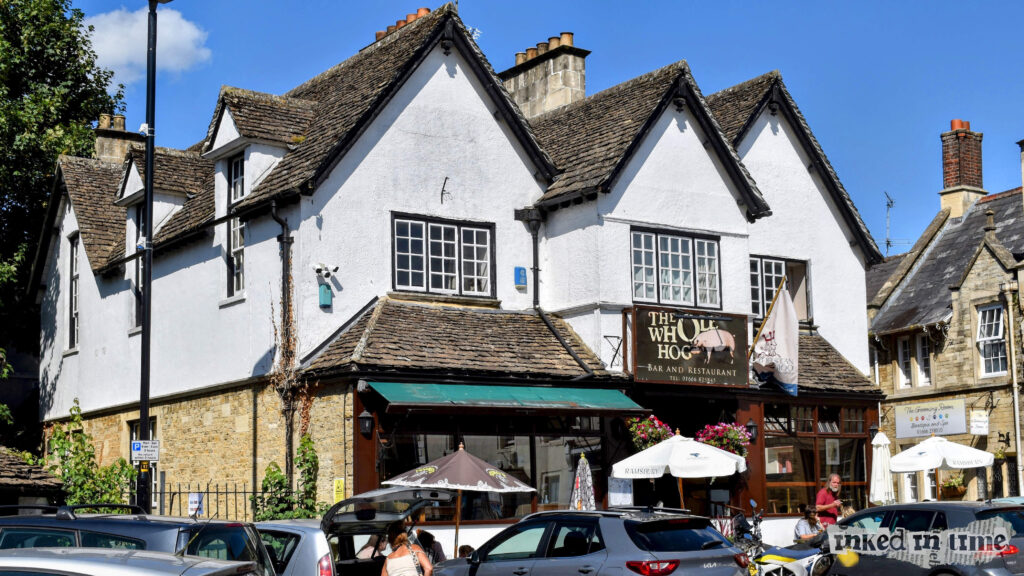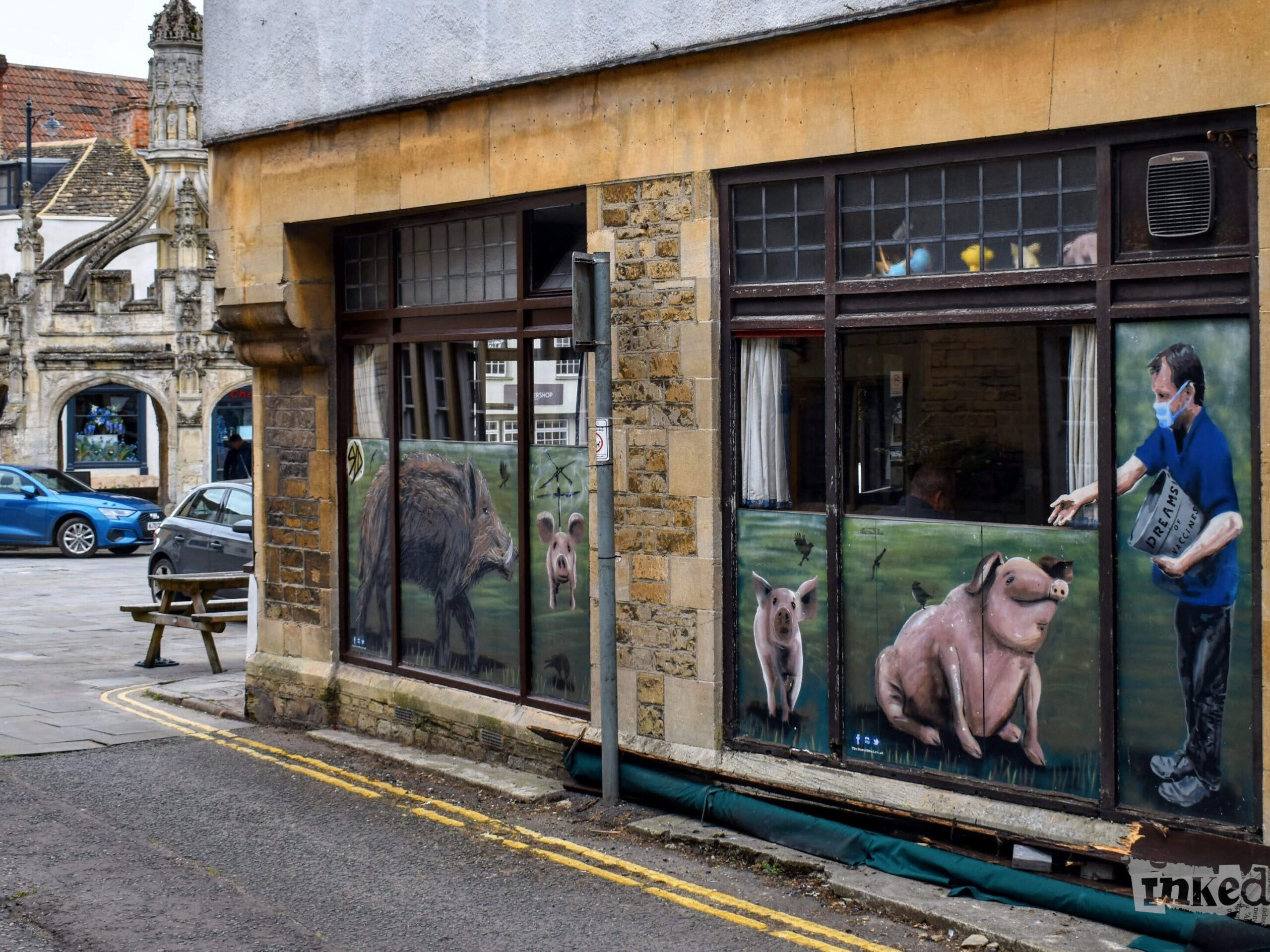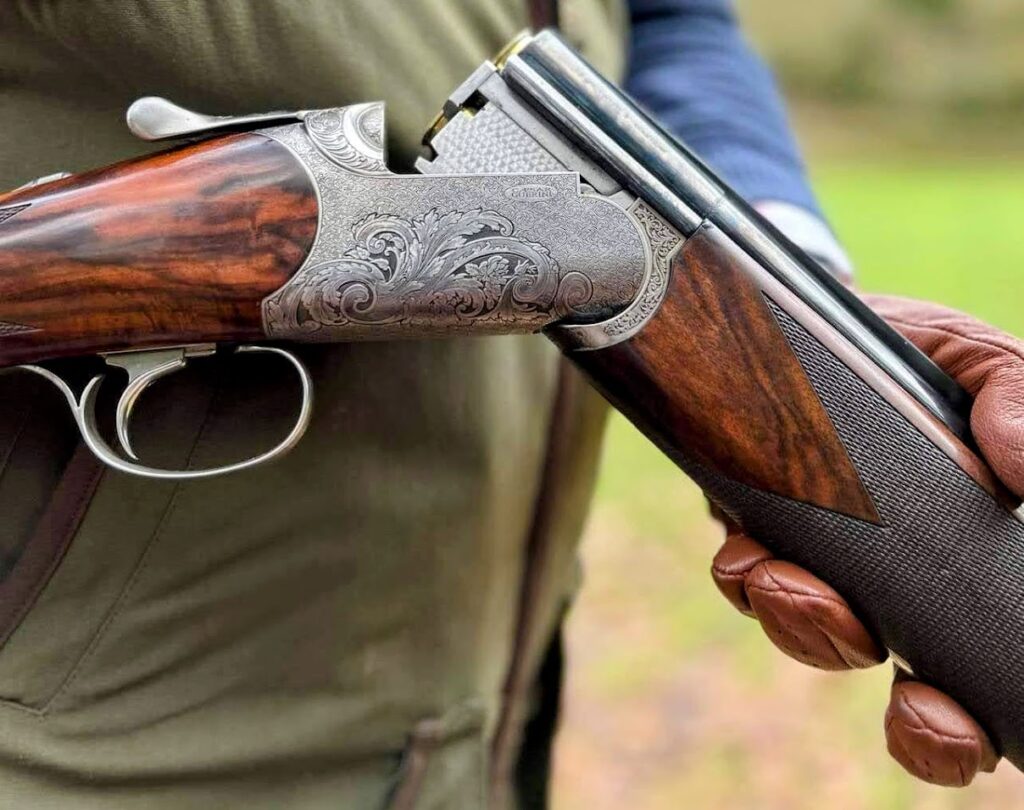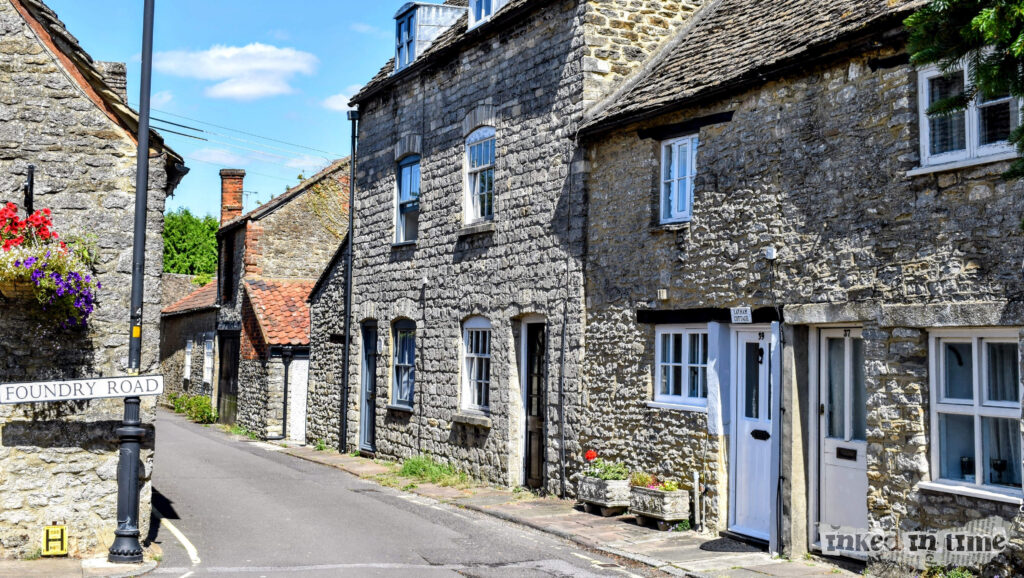22 June 1916 – Phyllis Edwards
We’ve used Artificial Intelligence to amplify whispers of the past into incredibly life-like voices. We think it’s the most interesting way to explore the articles on this site. Play the video to listen.
Read the article
From the Devizes and Wilts Advertiser on Thursday the 22nd of June 1916
How Phyllis Edwards, a child of 2 ½ years, met her death by drowning in the Avon on Tuesday, was told to the Deputy Coroner (Mr. J. W. Pridham) and a jury on Thursday in the Y.M.C.A. Hall. Mr. H. J. S. Beak was foreman of the jury. The child’s body lay in the Cottage Hospital mortuary close by, and it was noted that kind hands had covered the little one with white flowers.
Rebecca Edwards, the mother of the child, said she lived at 37, Horsefair, Malmesbury, and was the wife of Frederick Edwards, a private in the 1st Rifle Brigade and now a prisoner of war in Germany. She identified the body as that of her little daughter, aged 2 ½ years.
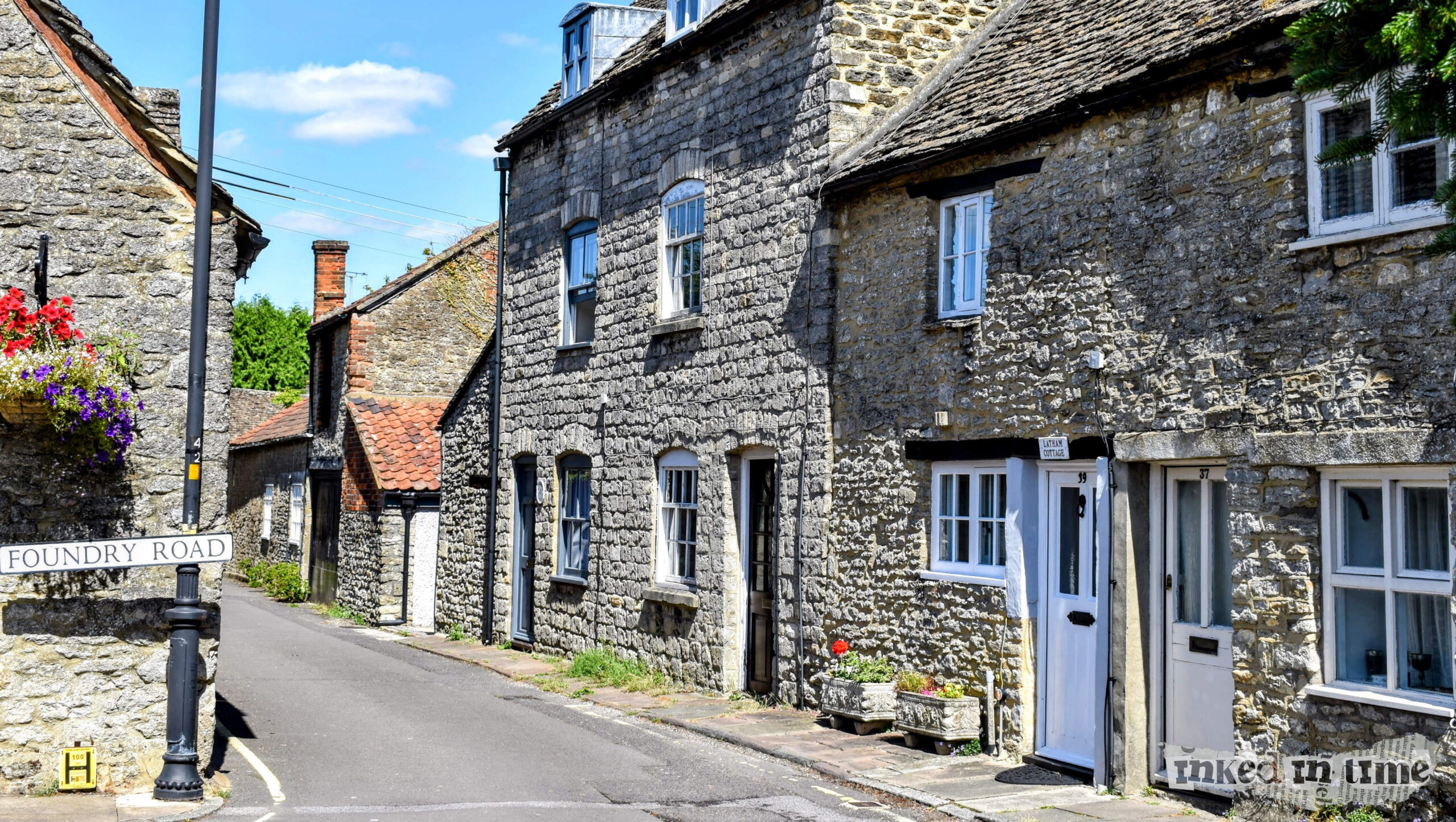
On Tuesday her little girl went out at 4.30 to play with her brother, aged 3 ½ years, and another little boy of six with his sister. They were going to visit their aunt, where they had been scores of times, and witness believed they first turned down Brook Lane. In about 20 minutes a boy (Frederick Hanks) came to her and said, “Auntie, your baby is in the water at the brook.” She ran down Brook Lane as fast as she could, and saw her child lying on the bank, having apparently got out of the water. They did not tell her if the child was dead.
Isobel Josephine Wilkins, of Oxford Street, Malmesbury, stated that whilst she was returning from Stainsbridge College at 4.45 on Tuesday through Brook Lane, two children came up to her and said, “There is a baby in the water.” Witness saw the body just underneath the surface and quite still. She screamed for help and ran to the top of the hill and saw a Mr. Paginton, who got the child out.
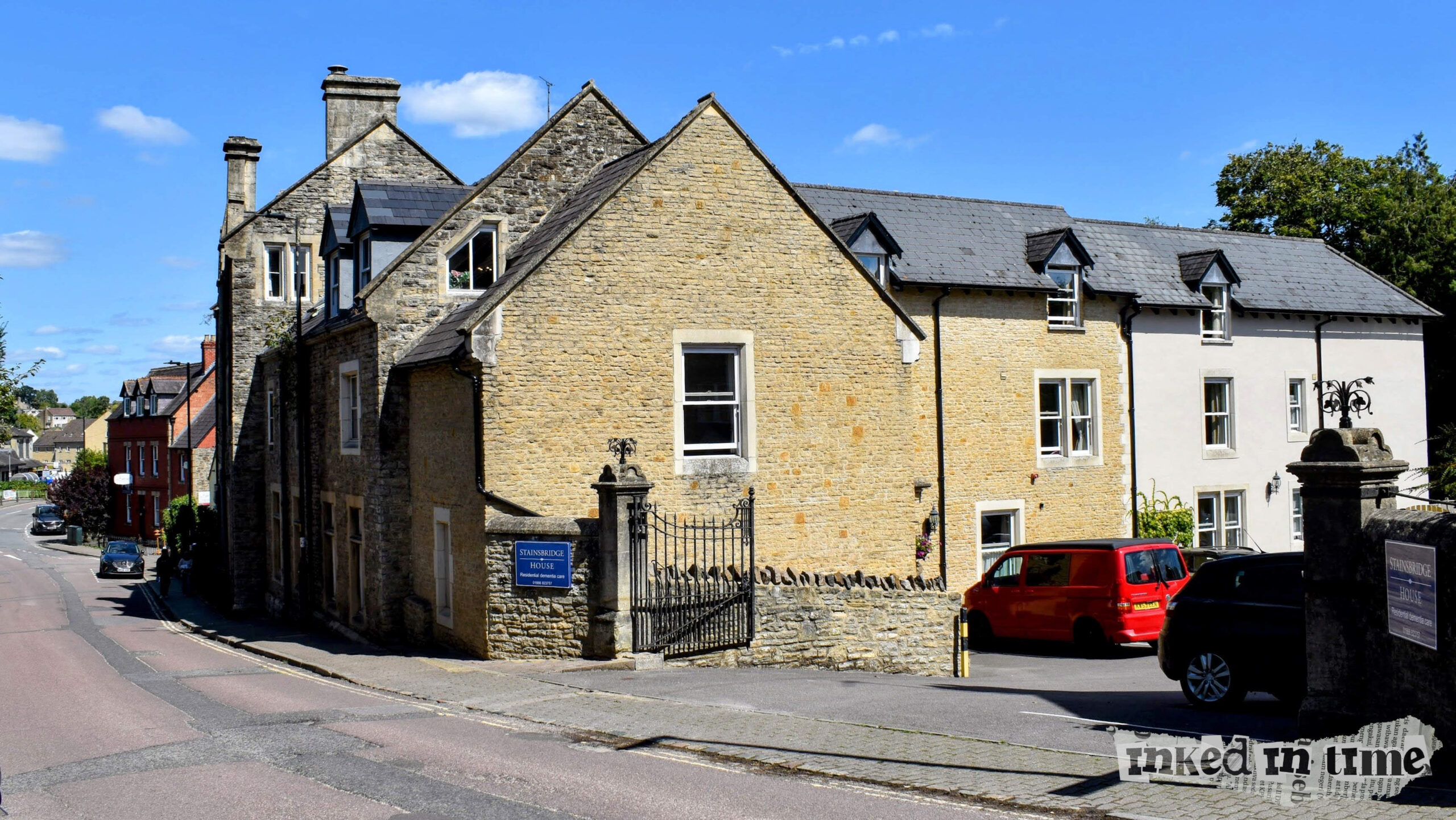
Jack Paginton, of 93, Gloucester Street, said he was a temporarily discharged soldier. He was called by the last witness whilst walking up the street to post some letters, and was told there was a child in the water. He ran down the lane, and at the bottom, about 14 yards to the right in the river, he saw a child. Two little boys were crying on the bank. He could just reach the body without having to enter the water. There was a slight stir on the water, but whether from any movement of the child he could not say. The water at the spot was five feet deep, but it was deeper in the middle of the stream. He got the body out and tried artificial respiration, meanwhile sending Miss Wilkins for a doctor. He could not bring the child round.
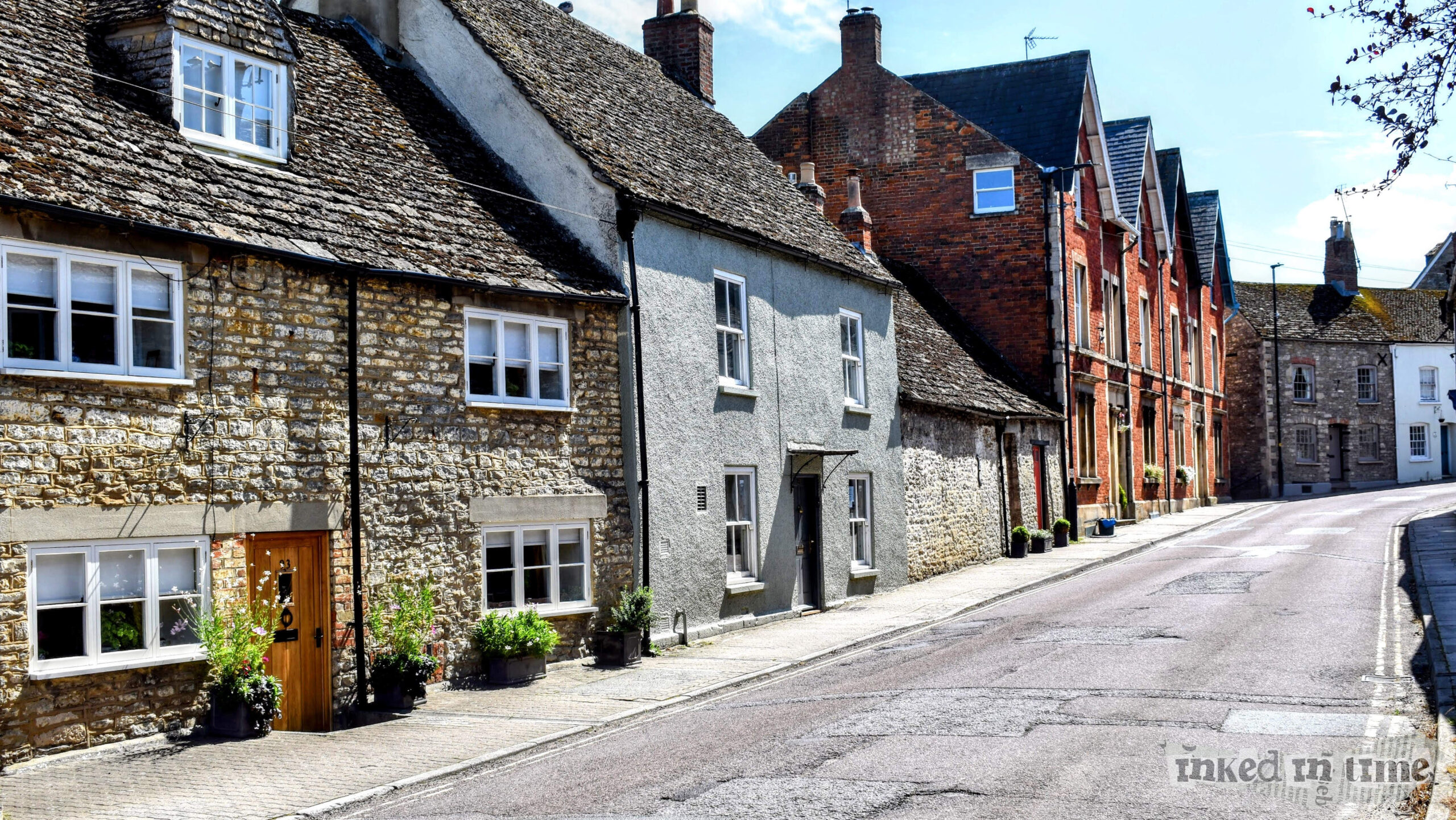
The coroner (to the police sergeant): Is there any theory as to how the child fell in?
The Police Sergeant: No sir, I can give no explanation, but there is a path close to the river, and it would be quite easy for a small child like that to fall in.
Dr. R. C. Pitt proved being sent for at five o’clock on Tuesday. He found the child lying on the edge of the bank. There was no sign of life, but he tried artificial respiration and hot bottles for from 15 to 20 minutes. It was quite useless, life being extinct. Death was due to suffocation by drowning.
The Coroner said there was no doubt that the little one fell into the river while playing with her companions.
The jury returned a verdict that death was from suffocation caused by drowning, and a juryman (Mr. R. Jefferies) suggested that a rider be added calling attention to the danger to child life at this unprotected spot, where there should be a check-stile. There had, he said, been several casualties through children tumbling down the hill straight into the water, and a check-stile would break the child’s run, and save it from the river.
The jury briefly discussed the matter and also the utility of fencing the path along the meadow, but no rider was added to the verdict. Had they done so, Mr. Pridham said he would have been pleased to send it to the proper quarters.
The jury gave their fees to the child’s mother.
More from Inked in Time
More from this section
